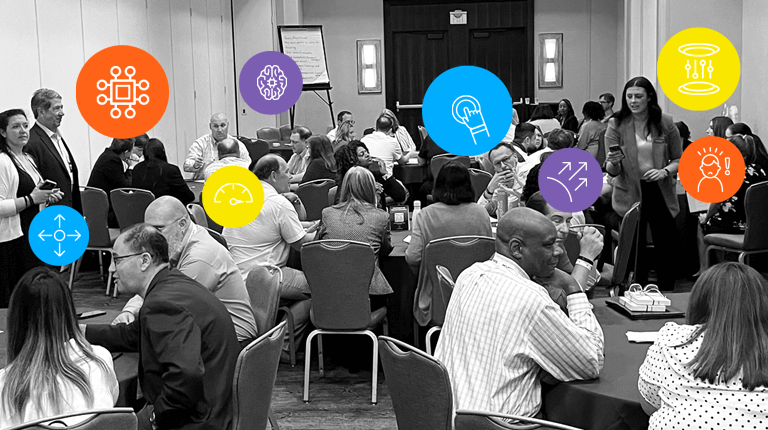“Customer service isn’t what it used to be.”
Have you ever heard someone say this? Or maybe you’ve muttered it yourself after failing to resolve an annoying issue with a brand over the phone.
It’s funny how despite technology advancing, the way that customers feel about service has somehow gotten worse.
But we can’t be too surprised. As companies have become larger, there is less ability to take care of each individual customer. The personalization and attention that we once could get from visiting a local shop just cannot be replicated by the world’s leading enterprises.
For decades, L.L. Bean shocked the world with it’s lifetime guarantee policy. Do you remember it? They would accept any returns, anytime, regardless of condition, if the customer wasn’t satisfied. That means you could buy a jacket, wear it until it fell apart 10 years later, then return it for your money back.
In 2018, L.L. Bean revoked this policy. In place of it, they gave customers the time limit of a year to get their returns in. Why the change?It doesn’t take an expert to figure out why they removed their lifelong guarantee policy– it all came down to money. As the company grew and more people found out and abused this policy, it ended up doing more harm than good.
Businesses are in a constant battle of trying to balance providing value to their customers (through initiatives like customer experience), without letting their costs go wild. The L.L. Bean example shows how too much focus on customer experience without considering costs can also damage a business. Thus the reason why contact centers will never staff a million human agents so that customers don’t have to wait in a queue, but rather they turn to technology.
That being said, there’s a way to still get that “above and beyond” customer service experience without having to sacrifice your bottom line. Here are three ways to get customer experience that makes customers say “wow” without sinking your business financially:
Keep it simple
The biggest mistake that companies make in trying to elevate customer experience is adding disjointed processes and systems. Not only does each addition add costs, but it creates a siloed business flow that feels clunky to the customer journey.
Instead, brands should take into account the entire customer experience when making improvements. While this strategy can seem daunting, in the end it delivers a more efficient and seamless result, ultimately saving money and time.
Use data
Using data to personalize experiences and anticipate customer needs creates the most efficient, quick, and painless experience for customers. After all, who doesn’t want their coffee order remembered when they visit their local coffee shop? Large brands can offer this same experience at scale by integrating AI across all business systems and using technology to their advantage.
As a result, customers will get their issues resolved more quickly with less reliance on human agents, which saves time, money, and keeps them happy for increased loyalty.
Balance humans and technology
Automation technology can get a bad reputation from customers. This happens because outdated technology is being used. Or, in the case that advanced technology is used, the model of the contact center that it is implemented in is one where humans lead and technology supports. In this way, the true benefit of technology is not realized.
For example, have you ever called a company, then been met with an automated system that directed you to wait in a line for a human agent? The technology might be great and able to understand you, but you end up in the same frustrating queue as if the technology were not there. Being too reliant on human agents like in this example also leads to higher operational costs.
Learn more about how the shift to the model of the contact center where technology leads and humans support is the most beneficial for your business and customers in this eBook.





